A team of researchers at the French National Institute of Health and Medical Research (Inserm), Strasbourg University in France, have developed an antimicrobial biofilm to be used to keep medical implants sterile. The biofilm – which is only a few hundred nanometers thick – could be an acceptable alternative to antibiotics.
Medical implants – such as mechanical hips and pacemakers – fulfill an important role in prolonging the lives of the individuals who need them. The operations necessary to implant the devices however, pose considerable risk of infection – due to the presence of harmful bacteria on the implant – which may increase a patient’s risk of implant rejection.
The newly developed biofilm is composed of antimicrobial silver, which also acts as an antifungal and can help to reduce inflammation at the site of implant. The biofilm was designed for titanium implants – including prostheses – as well as other devices which commonly cause infection, such as catheters.
Dr. Philippe Lavalle, research director at Inserm, and senior author on the research paper said, “Silver is an anti-infectious material currently used on catheters and dressings. This strategy allows us to extend antimicrobial activity in the long term.” Lavalle and his team were able to show that film-coated implants prevented immune cells from triggering an immune response, when the implant was exposed to human blood.
According to Lavalle, “The film inhibits the growth and long-term proliferation of staphylococcal bacteria (Staphylococcus aureus), yeast strains (Candida albicans) or fungi (Aspegillus fumigatus), that frequently cause implant-related infection.”
The surface of an implanted medical device is ideal for microbial colonization. The resulting infection triggers an inflammatory response from the surrounding tissue, eventually leading to implant rejection. Though some antibiotics are effective at reducing the number of pathogens on a device, overuse of the drugs is increasingly leading to problems with resistance.
The biofilm developed by Lavalle and his team also contains polyarginine – an immune suppressant – and hyaluronic acid – which inhibits bacterial growth. The biofilm is also impregnated with nontoxic antimicrobial peptides – including catestatin – which attack the bacteria’s cell wall. Lavalle and his team anticipate the biofilm will be available in a few years.
Sources:
- Researchers create antimicrobial biofilm to protect medical implants from infection – http://www.medicalnewstoday.com/articles/299963.php
- Özçelik, H., Vrana, N., Gudima, A., Riabov, V., Gratchev, A., Haikel, Y., Metz-Boutigue, M., Carrada, A., Faerber, J., Roland, T., et al. (2015). Harnessing the Multifunctionality in Nature: A Bioactive Agent Release System with Self-Antimicrobial and Immunomodulatory Properties. Advanced Healthcare Materials. 4 (13), 2026-2036.

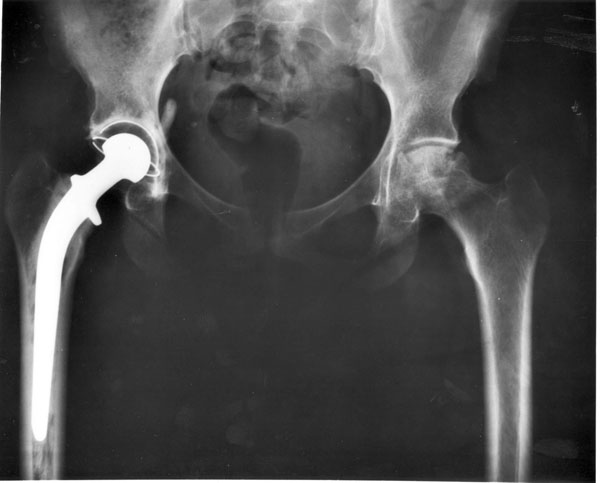
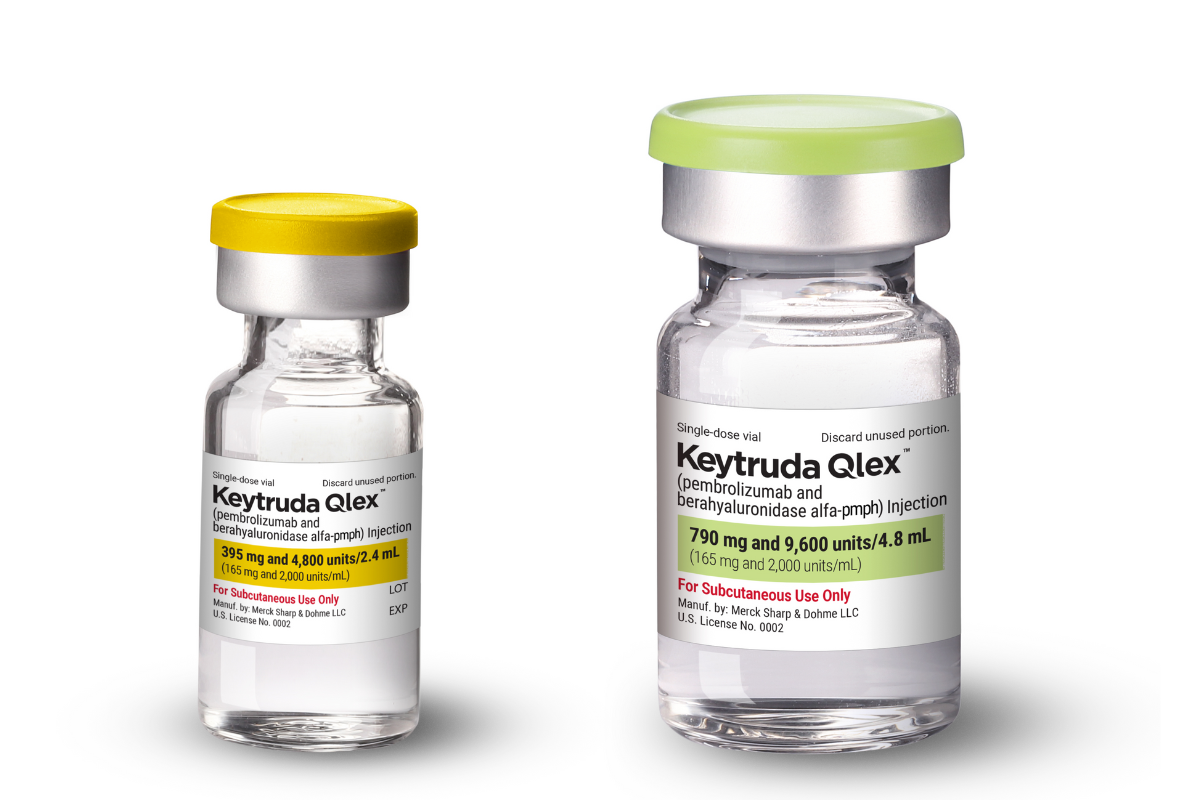
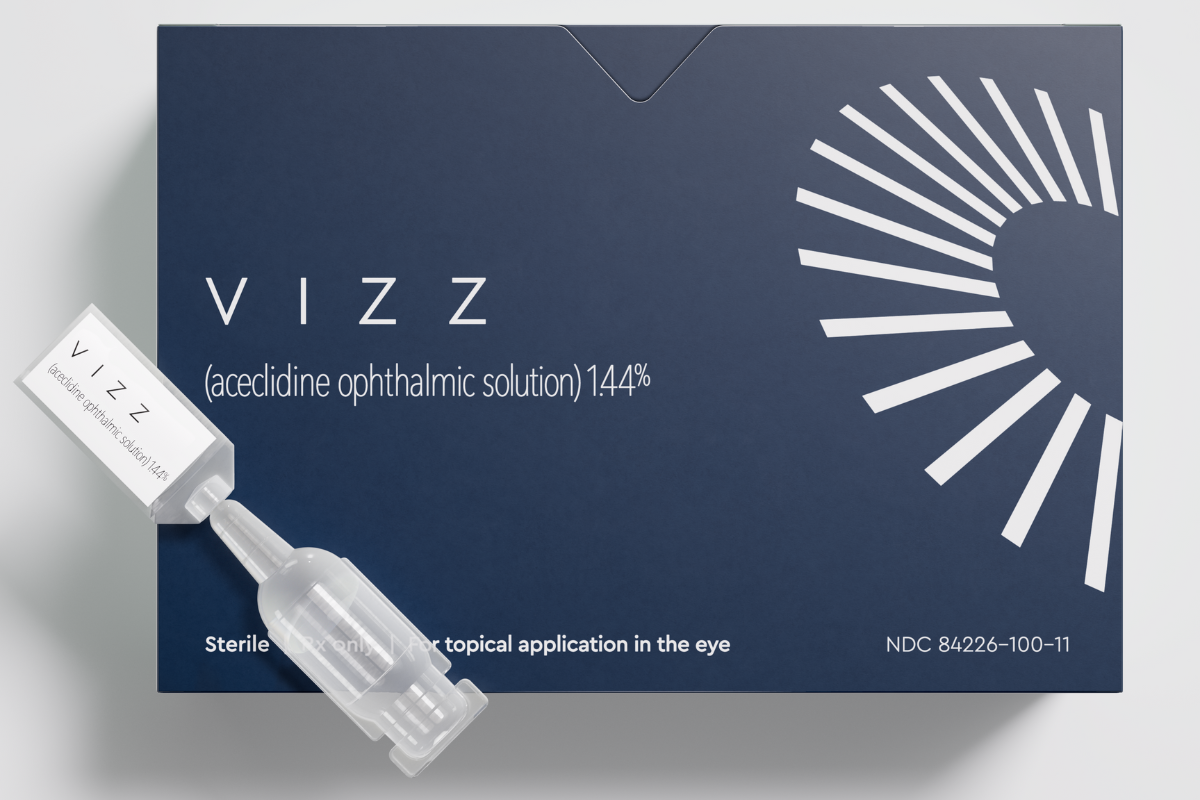
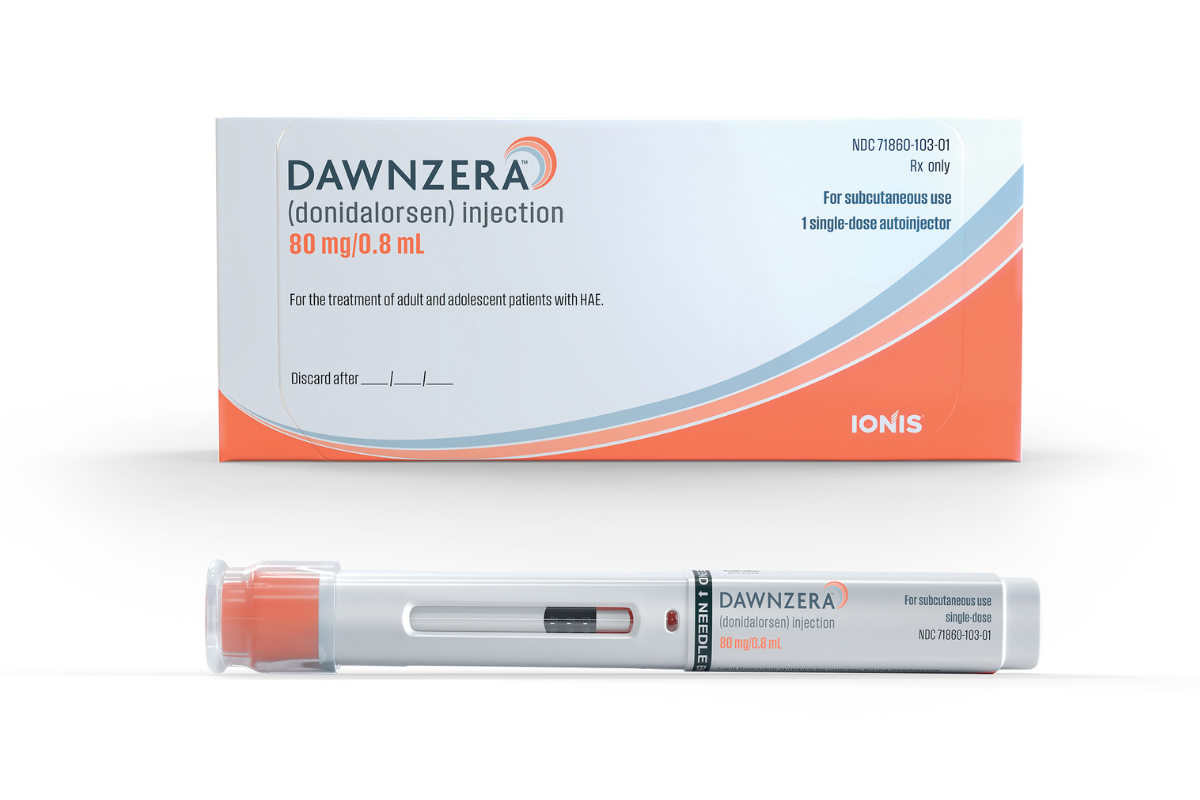

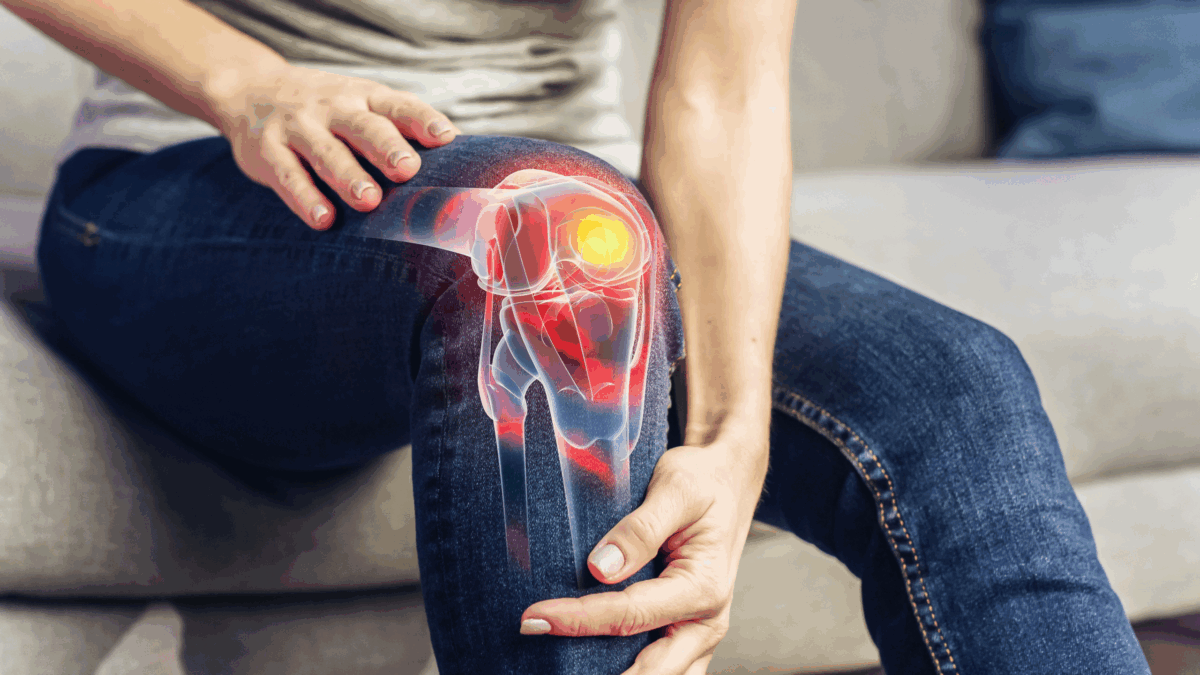





Join or login to leave a comment
JOIN LOGIN